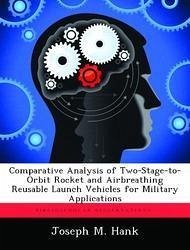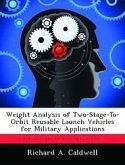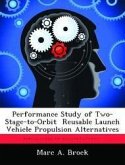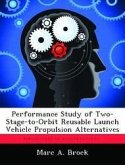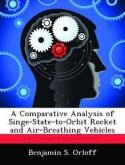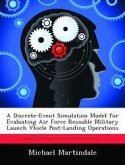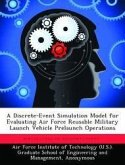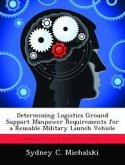The Department of Defense (DoD) has identified operationally responsive, low-cost access to space as vital to maintaining U.S. military supremacy. Reusable Launch Vehicles (RLVs) will allow the U.S. to keep a technological advantage over our adversaries, and many designs for RLVs have been proposed over the years. In addition, advances in airbreathing propulsion technology have made it feasible for use in space launch vehicles. Using airbreathing propulsion in RLVs has three distinct advantages: better launch, flight, and ground operability than rockets; lower sensitivity to weight growth than rockets; and the potential for large advancements in airbreathing technology when compared to the mature state of rocket technology. This study considers two-stage-to-orbit (TSTO) RLV configurations, each using combinations of propulsion including pure rocket, pure turbine, rocket-based-combined-cycle (RBCC), and turbine-based-combined-cycle (TBCC) for the both stages.
Bitte wählen Sie Ihr Anliegen aus.
Rechnungen
Retourenschein anfordern
Bestellstatus
Storno

